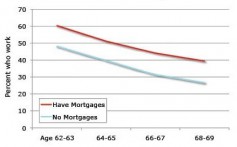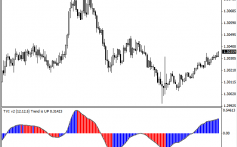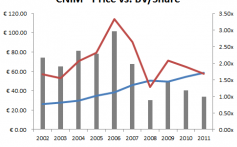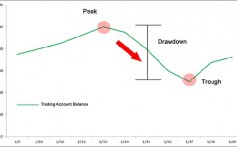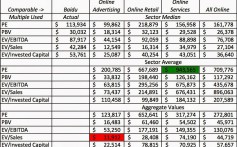Making a Move with Bond ETFs Learn Binary Options Trading
Post on: 28 Июнь, 2015 No Comment

Making a Move with Bond ETFs 5.00 / 5 (100.00%) 1 vote
Bond ETFs (exchange-traded funds) have become very popular in a relatively short space of time due to their relatively high yield. These instruments leverage the key benefits of ETFs such as low bid/offer spreads, exchange liquidity and tax efficiency. ETFs track a sector, index or market but can be traded just like normal stocks. Making a move with bond ETFs is a good way to track a much bigger selection of bonds, which helps investors minimize downside risk to their investment.
Bond ETFs can buy some time for an investor who is undecided where to allocate their money. For instance, if you are not sure your current bond holding will perform well or where to allocate your money, you can sell the individual bond and instead buy a bond ETF like iShares Core U.S. Aggregate Bond ETF (AGG). This allows you to continue enjoying exposure to the bond market while keeping your overall portfolio unchanged. If later you want to invest in a particular bond that you think has good potential, you simply need to sell your AGG investment and buy the bond.
A wide-market bond ETF like AGG has several advantages over other core funds. AGG tracks the Barclays Aggregate Index. The index releases daily publications of the fund holdings meaning you can easily see what you are investing in. Additionally, it has a good long-term track record.
Bond ETFs also enjoy good liquidity. Individual bonds trade over the counter and their prices are negotiated between sellers and buyers. You incur a bid/offers spread every time you buy a bond. This makes short-term trades very expensive over the long run. Bond ETFs, on the other hand, are traded on exchanges and their prices made available to all investors. This generally results in lower transaction costs than trading individual bonds directly. The AGG for instance, has typically traded at a spread of only 2 basis points (0.02% spread). This quality has endeared the index to traders and the average daily volume is normally high, resulting in much better liquidity than most individual bonds.
There are a few risks though that an investor needs to consider when trading bond ETFs. One of these is credit risk due to rising interest rates. When interest rates rise, bond values tend to fall. The risk here is that the bond issuer might not be able to make principle or interest payments. Non-investment-grade high-yield bonds and junk bonds in particular face a higher risk of loss of income due to default in an environment where interest rates are rising rapidly.
Additionally, the iShares Short Maturity Bond ETF is an actively managed fund that has a higher portfolio turnover than other funds that track specific indexes. The ETF invests in privately-issued securities which have not been registered under the Securities Act. These private equities may be illiquid because they do not trade in established markets. Additionally, the fund invests in mortgage-backed securities (MBS) and asset-backed securities (ABS) both of which may be subject to credit risks in times of rising interest rates.
Making a move with bond ETFs provides investors with higher diversification and risk mitigation than investing in individual bonds. Nevertheless, investors should also do due diligence when investing in high-yield bond ETFs by checking their underlying holdings to determine their risk profile.
3A%2F%2F1.gravatar.com%2Favatar%2Fad516503a11cd5ca435acc9bb6523536%3Fs%3D75&r=G /%







